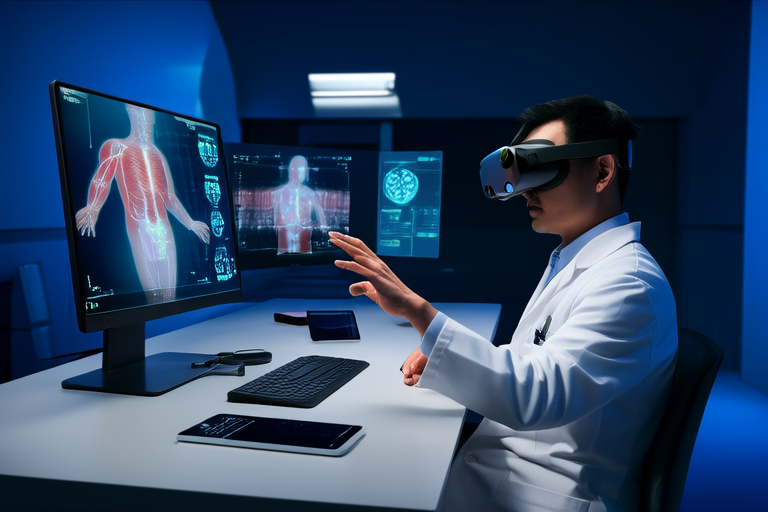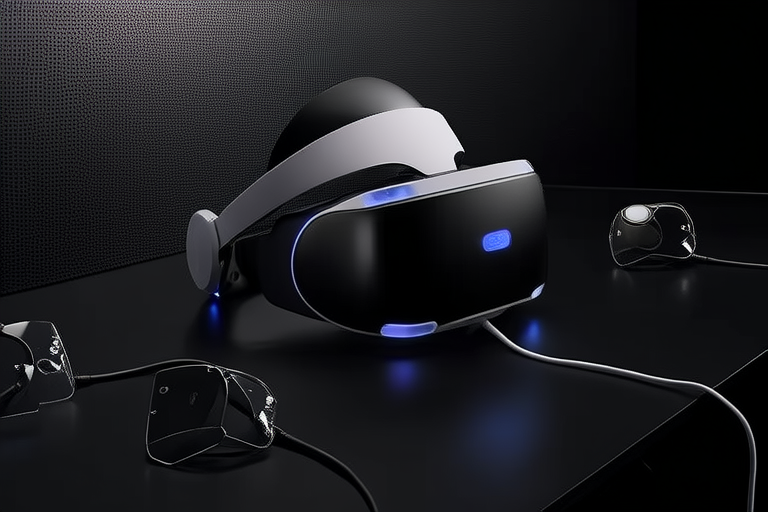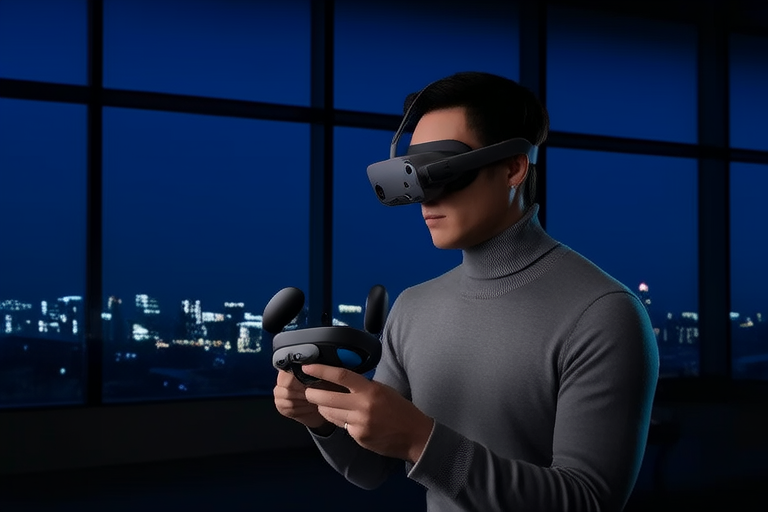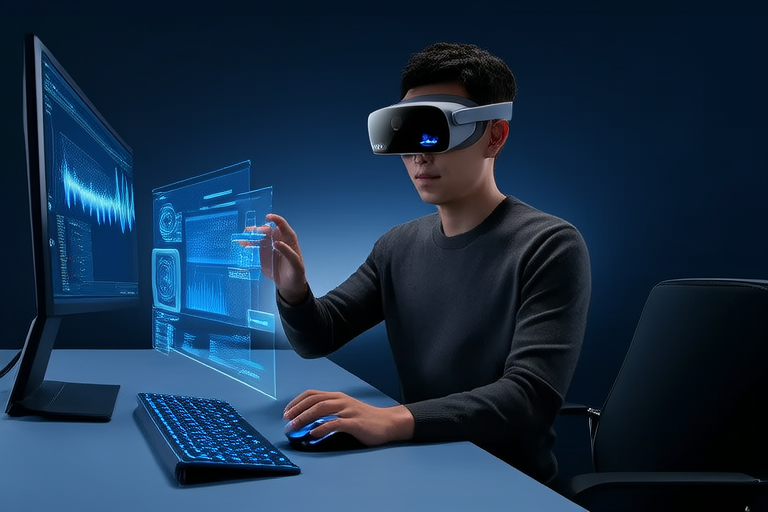Beyond Gaming: Discovering Hidden Potential in VR and AR Technologies
Introduction
Virtual Reality (VR) and Augmented Reality (AR) are often associated with gaming, but these technologies hold vast potential beyond entertainment. While VR immerses users in entirely digital environments, AR overlays digital information onto the physical world, enhancing real-life interactions. This article explores the diverse applications of VR and AR in various industries, showcasing their transformative impact and untapped potential.
In the following sections, we will delve into the definitions and differences between VR and AR, their current applications in healthcare, education, manufacturing, and retail, and the challenges and future prospects of these technologies.
Understanding VR and AR
Defining VR and AR
Virtual Reality (VR) creates a fully immersive experience by simulating an environment through specialized headsets that block out the real world. Users can interact with this simulated environment using controllers or hand gestures. VR is widely used in gaming but also has significant applications in fields like healthcare, education, and engineering.
Augmented Reality (AR), on the other hand, enhances the real world by overlaying digital information or objects onto it. AR is commonly experienced through smartphones and tablets, but more advanced systems can be used in industrial settings. Unlike VR, which replaces the real world, AR complements it, providing additional layers of information.
Examples of VR and AR in Action
VR is increasingly being used in medical training, allowing doctors and nurses to practice surgeries and procedures in a safe, controlled environment. AR is transforming manufacturing by enabling workers to visualize complex machinery and troubleshoot issues in real time. In education, both VR and AR are revolutionizing learning experiences, making abstract concepts tangible and interactive.
Current State in Various Industries
In healthcare, VR is being employed for patient therapy, particularly for conditions like PTSD and chronic pain management. AR is assisting surgeons during operations by providing real-time data and anatomical models. In education, platforms like zSpace and Merge EDU offer immersive learning experiences for students in science, engineering, and history. In manufacturing and engineering, companies like Boeing and Siemens are using VR and AR for prototyping, design review, and maintenance.
Applications Beyond Gaming
Healthcare
VR and AR are making significant strides in healthcare. Medical professionals are using VR for surgical training, allowing them to practice intricate procedures in a risk-free environment. For instance, Osso VR provides a platform where surgeons can simulate orthopedic surgeries. Additionally, VR is being used for therapy, helping patients recover from injuries or manage chronic pain. AR, meanwhile, assists surgeons by overlaying patient data onto their field of view, improving precision and reducing errors.
Education
VR and AR are enhancing education by creating immersive learning experiences. Students can explore historical sites, dissect virtual organisms, or manipulate molecules in chemistry experiments. Platforms like Google Expeditions and ClassVR offer educators tools to bring subjects to life. In engineering and architecture, students can build and test virtual prototypes, gaining hands-on experience without the need for physical materials.
Manufacturing and Engineering
In manufacturing, VR and AR are streamlining processes from design to production. Engineers can use VR to create and refine product designs, while AR helps technicians perform maintenance tasks more efficiently. Companies like General Electric and Ford are using AR to guide workers through complex assembly processes, reducing downtime and improving quality control. Innovations like Microsoft’s HoloLens allow engineers to visualize and interact with 3D models in real space, facilitating collaboration and problem-solving.
Retail and Marketing
VR and AR are transforming retail by offering customers immersive shopping experiences. IKEA Place, for example, allows users to virtually place furniture in their homes before purchasing. Brands are also leveraging AR for marketing campaigns, creating interactive advertisements that engage consumers. For instance, L’Oréal uses AR to let customers try on makeup virtually, enhancing the customer experience and driving sales.
Challenges and Future Prospects
Challenges
Despite their potential, VR and AR face several challenges. High costs of hardware and software development limit widespread adoption. Accessibility remains an issue, as not everyone has access to the necessary equipment. User adoption is also hindered by factors such as motion sickness and discomfort associated with prolonged use of VR headsets.
Ongoing Research and Development
Researchers are actively working to address these challenges. Advances in hardware are making VR and AR devices more affordable and comfortable. Improved software algorithms are reducing latency and enhancing realism. Efforts are also being made to develop more intuitive interfaces, making these technologies easier to use.
Future Trends
The future of VR and AR looks promising. As technology evolves, we can expect more seamless integration with everyday life. Innovations like brain-computer interfaces may lead to more natural interactions. The development of haptic feedback systems could make VR experiences even more realistic. Additionally, the rise of 5G networks will enable faster data transfer, supporting more sophisticated applications.
Conclusion
VR and AR technologies have already demonstrated their value in numerous industries, from healthcare and education to manufacturing and retail. Their potential extends far beyond gaming, offering innovative solutions to complex problems. By embracing these technologies, businesses and individuals can unlock new opportunities and drive progress in their respective fields.
We encourage readers to explore further applications and consider how they might benefit from integrating VR and AR into their own work. The future is bright for these transformative technologies, and there is much to discover and achieve.




